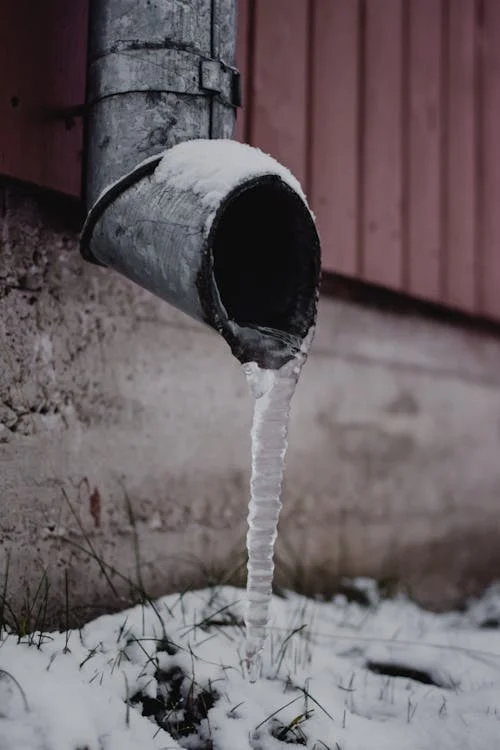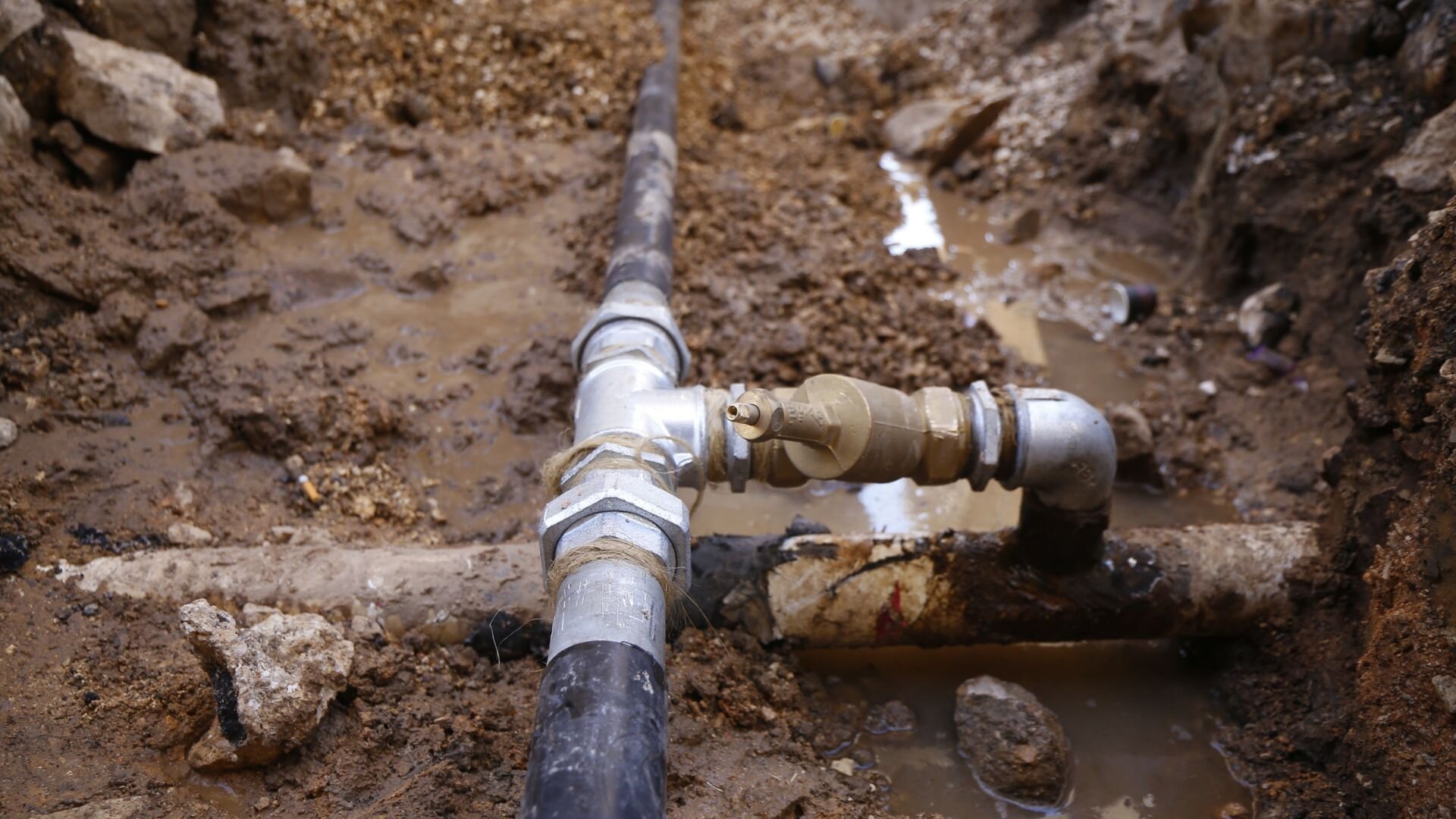Preventing a Burst Pipe: Tips for Protecting Your Plumbing During Winter
Preventing a Burst Pipe: Tips for Protecting Your Plumbing During Winter
Blog Article
Stopping Ruptured Piping: Essential Tips to Shield Your Pipes
Avoiding ruptured pipelines is a crucial worry for home owners, particularly during chillier months when the threat of cold is heightened. Implementing tactical steps such as correct insulation, routine examinations, and maintaining consistent interior temperatures can significantly lower the probability of pipeline failing.
Understand Pipeline Vulnerabilities
Recognizing pipeline susceptabilities is important for efficient plumbing maintenance and avoiding expensive damage. A number of elements add to the vulnerability of pipes to bursts, including material make-up, age, and ecological problems. Older pipelines, especially those made from galvanized steel or polybutylene, commonly break down gradually, causing boosted danger of tears and leaks.
Temperature fluctuations can additionally dramatically influence pipeline honesty. In chillier climates, water entraped in pipelines can freeze, increasing and applying stress on the pipe walls, which might eventually lead to a ruptured. High water stress can strain pipelines, especially at joints and bends, enhancing the possibility of failing.

Insulate Pipeline Appropriately
Correct insulation of pipes is important for stopping freezing and subsequent bursts during winter (burst pipe). Shielding your pipes system effectively safeguards against temperature level goes down that can lead to costly damage. Begin by determining prone locations where pipelines are revealed to exterior temperature levels, such as cellars, attics, and exterior walls
Use foam pipe insulation sleeves or wrap insulation tape around these areas to provide a protective obstacle. Ensure that all areas of the pipelines, specifically those with minimal heat exposure, receive adequate insulation. Pay unique interest to installations and joints, as these are more susceptible to cold.
When shielding, it's important to pick materials that meet local structure codes and are proper for the certain atmosphere. As an example, fiberglass insulation is commonly suggested for its thermal resistance buildings - burst pipe. Additionally, take into consideration utilizing warmth cords or tape in extreme problems, which can be plugged in to give extra heat
Consistently check insulated pipes for any indications of wear or damages, as endangered insulation can decrease its performance. By taking these proactive actions, you considerably lower the risk of pipeline ruptureds, guaranteeing a dependable pipes system throughout the winter months.
Maintain Constant Temperature Level
A secure interior temperature level is crucial for preventing ruptured pipes during the freezing months. When temperatures decrease, water within pipelines can freeze, broadening and producing pressure that might inevitably create the pipelines to ruptured. To alleviate this danger, property owners ought to maintain a regular temperature level throughout their space, ideally no lower than 55 ° F(13 ° C)Utilizing a programmable thermostat can aid handle indoor temperatures properly, making certain that spaces with plumbing continue to be cozy even when your home is empty. Pay special attention to locations that are a lot more vulnerable to cold, such as garages, basements, and attic rooms. Keeping cabinet doors open under sinks can additionally enable find here warmer air from the home to flow around plumbing.
This minor circulation of water can avoid cold by relieving pressure within the pipelines. By executing these techniques, house owners can substantially decrease the risk of pipe bursts and guard their pipes systems versus the extreme winter season elements.
Consistently Inspect Pipes
Regular examinations of plumbing systems are important for avoiding ruptured pipes and preserving total home stability. Regular checks permit home owners to identify prospective problems before they intensify into costly repairs or significant water damages. Throughout these inspections, it is important to examine noticeable pipelines for signs of deterioration, leaks, or put on. Pay special attention to areas susceptible to cold, such as basements, attics, and outside walls.
Furthermore, inspecting connections and joints is crucial, as these factors are commonly vulnerable to leaks. Property owners ought to likewise evaluate water stress degrees, as extreme pressure can stress the plumbing system and enhance the risk of pipe bursts.
Think about organizing expert pipes examinations at the very least as soon as a year, particularly before winter months, to ensure your system is prepared for cooler temperature levels. By being aggressive in your strategy, you can safeguard your home against the disruptive and costly effects of ruptured pipelines.
Know Emergency Situation Treatments
Recognizing emergency procedures is vital for every single homeowner, specifically after carrying out normal pipes inspections. Being planned for a plumbing emergency can substantially mitigate damage and save costs. Locate your primary water shut-off valve; it is typically discovered near the water meter or look here where the primary line enters your home. Acquaint on your own with its operation, as turning off the water quickly can protect against comprehensive flooding.
Following, maintain crucial tools convenient. A pipes emergency package should include a wrench, plunger, and towels, along with a flashlight and a container for little leakages. Furthermore, take into consideration having the contact info for a trusted plumbing technician easily offered, should the scenario rise past your control.
If you spot a leakage or burst pipe, quickly shut off the water supply and alert your plumbing technician. Document the damage with photographs for insurance policy functions. Know the signs of potential pipes issues, such as uncommon water stress changes or damp areas on wall surfaces
Eventually, positive understanding and speedy action are important in managing plumbing emergency situations, ensuring your home continues to be safeguarded and decreasing prospective damages.

Verdict
To conclude, protecting against ruptured pipes requires a multifaceted method that consists of understanding pipeline vulnerabilities, correct insulation, maintaining consistent indoor temperature levels, normal inspections, and understanding of emergency treatments. By executing these important techniques, the threat of pipes failures can be considerably lowered, thus making certain the longevity and efficiency of the plumbing system. Aggressive procedures not only protect versus possible damages but likewise add to overall water conservation and the protection of residential or commercial property.
In chillier climates, water caught in pipes can ice up, exerting and increasing stress on the pipe walls, which might eventually lead to a burst. When temperature levels decline, water within pipes can ice up, developing and expanding pressure that may eventually trigger the pipes to ruptured. By applying these approaches, property owners can dramatically minimize the danger of pipe ruptureds and protect their pipes systems versus the extreme wintertime components.

Report this page